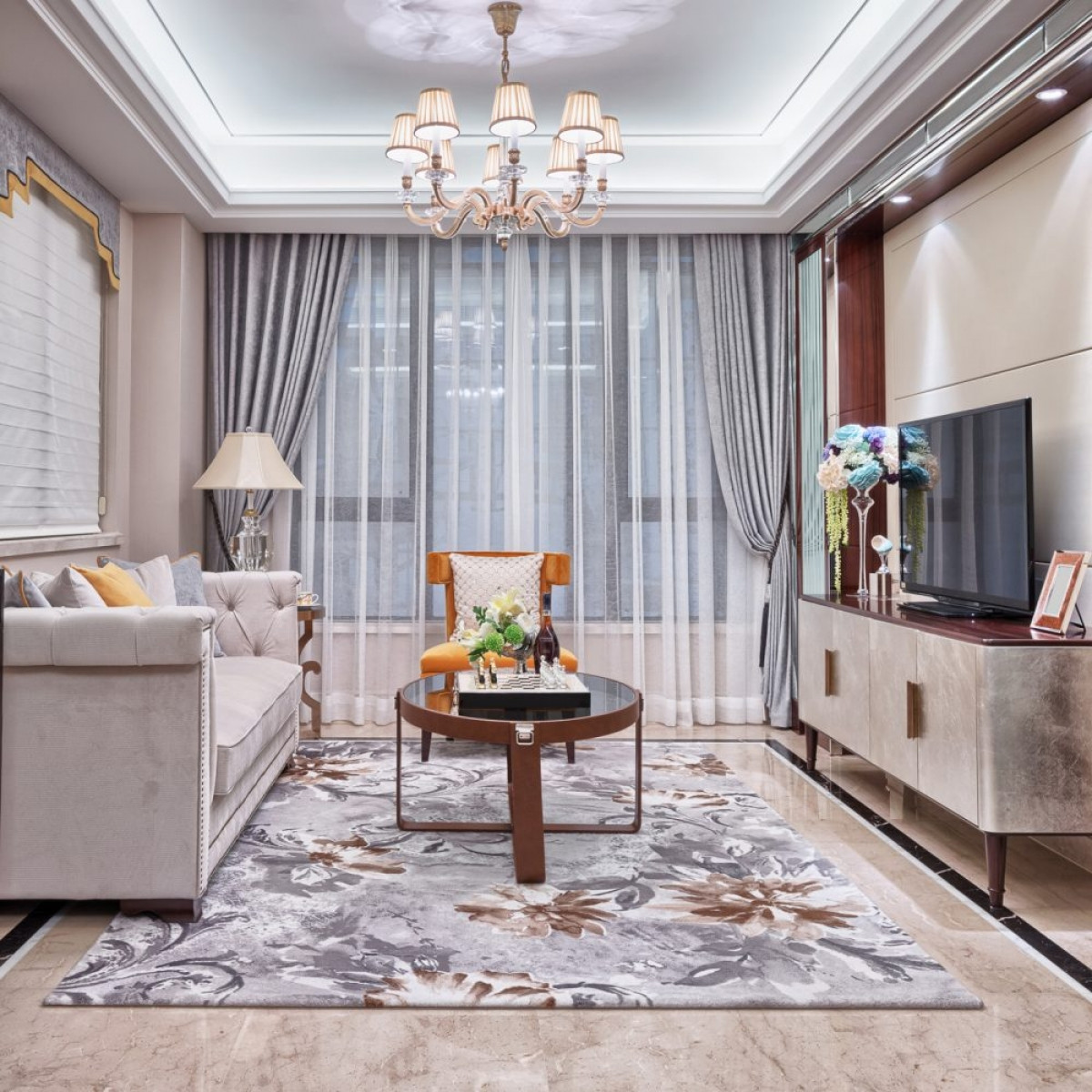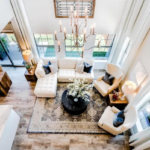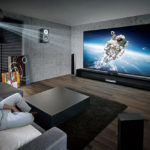Create Balance
The first design principle to create a unique room is to create balance. When a room is imbalanced, it can make people feel uncomfortable and like something is not right.
This can occur when heavy objects are stacked on one wall while the opposite wall is left bare. Imbalance can also be created by using tall furniture on one side of the room and shorter furniture on the other side.
Therefore, it is important to create symmetry in the entire room. Symmetry is achieved when one side of the room is a mirror image of the other side.
In addition, asymmetry can also create balance by using furniture and accessories that have equal visual weight but are different in reality.

Center Axis Symmetry
The center axis symmetry design principle is demonstrated through a dining table with four chairs placed around it. Center axis symmetry provides balance around the central point of the room.
For example, this principle can be applied by using a chandelier and the dining table as the central point, with four chairs arranged symmetrically around it. This is a common way to incorporate center axis symmetry into the design.
Another example is applying center axis symmetry in the living room by creating a conversation area around the coffee table.
Establish a Focal Point
Every room needs a focal point that immediately catches the eye upon entering. The focal point serves as a resting point for the eyes and captures the attention of guests.
If a room lacks standout features, you can create your own focal point. For example, you can create a standout wall or display a large artwork that captures attention.
Once you have determined the focal point, make sure to enhance it with accessories and appropriate lighting.
Add Some Rhythm
Rhythm in design refers to the repetition of patterns, shapes, or colors that bring unity to the room.
This repetition of colors helps guide the eyes from the front of the room to the back, creating a harmonious atmosphere for the entire space.
Contrast
Contrast involves the arrangement of contrasting elements to add variety and richness to a room. While most people think of contrasting colors, contrast can extend beyond color.
You can also utilize differences in texture, patterns, or sizes to create contrast and draw attention.
Utilize Scale and Proportion Appropriately
Scale refers to the size of objects in the room, while proportion refers to the relationship between those objects and the size of the room.
In a small room, it is recommended to use smaller furniture items that are proportionate to the space. Similarly, in a large room, using larger furniture pieces can make the space feel cozier and avoid the feeling of emptiness.

Vary Heights
Incorporating furniture pieces with different heights adds visual interest to the room. A room with objects of the same height can feel dull and lifeless.
Therefore, it is recommended to mix heights when arranging objects in the room. Pendant lights hanging from the ceiling can also provide additional height dimension to the space.
Utilize Lighting
Lighting is a crucial element in interior design. It is important to have both functional lighting and lighting that enhances the design of the room. This can be achieved by incorporating multiple light sources from different directions.
You can incorporate overhead lighting, regular lighting, task lighting, and mood lighting depending on the specific use of the room.
Add Your Personal Style
Your home should reflect your personal style, so don’t be afraid to incorporate it into the design. Instead of chasing trends, focus on creating a space that truly represents you. For example, if you enjoy traveling, decorate with souvenirs from your trips. If you love gardening, incorporate floral prints or decorate with flowers and plants for a fresh atmosphere.
Source: VOV






































